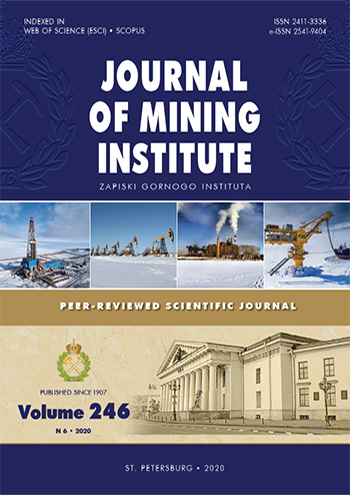Investigation of probabilistic models for forecasting the efficiency of proppant hydraulic fracturing technology
- 1 — Ph.D., Dr.Sci. Perm National Research Polytechnic University ▪ Scopus ▪ ResearcherID
- 2 — Engineer Branch of LLC LUKOIL-Engineering PermNIPIneft in the city of Perm ▪ Orcid ▪ Elibrary ▪ Scopus
Abstract
To solve the problems accompanying the development of forecasting methods, a probabilistic method of data analysis is proposed. Using a carbonate object as an example, the application of a probabilistic technique for predicting the effectiveness of proppant hydraulic fracturing (HF) technology is considered. Forecast of the increase in the oil production of wells was made using probabilistic analysis of geological and technological data in different periods of HF implementation. With the help of this method, the dimensional indicators were transferred into a single probabilistic space, which allowed performing a comparison and construct individual probabilistic models. An assessment of the influence degree for each indicator on the HF efficiency was carried out. Probabilistic analysis of indicators in different periods of HF implementation allowed identifying universal statistically significant dependencies. These dependencies do not change their parameters and can be used for forecasting in different periods of time. Criteria for the application of HF technology on a carbonate object have been determined. Using individual probabilistic models, integrated indicators were calculated, on the basis of which regression equations were constructed. Equations were used to predict the HF efficiency on forecast samples of wells. For each of the samples, correlation coefficients were calculated. Forecast results correlate well with the actual increase (values of the correlation coefficient r = 0.58-0.67 for the examined samples). Probabilistic method, unlike others, is simple and transparent. With its use and with careful selection of wells for the application of HF technology, the probability of obtaining high efficiency increases significantly.
